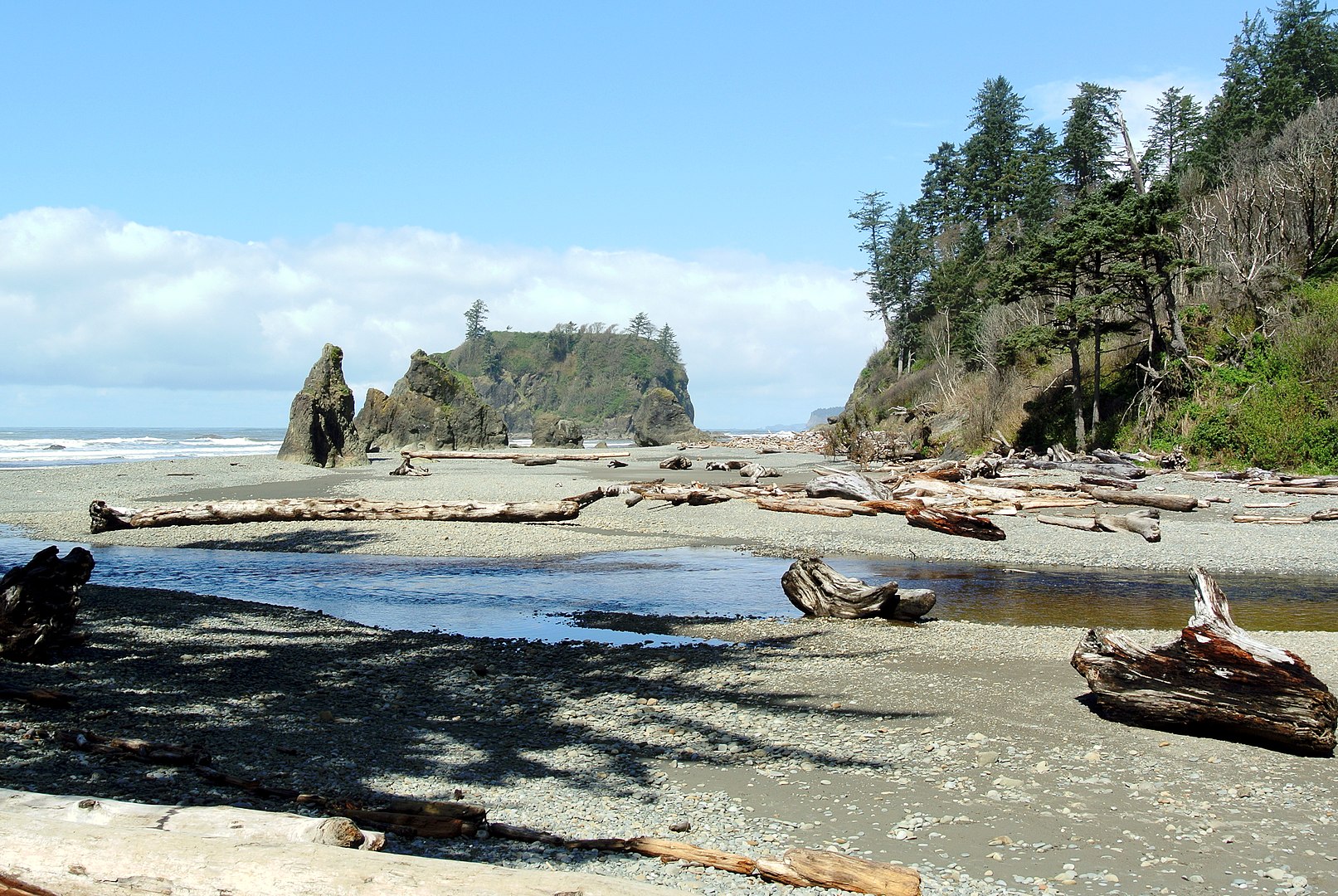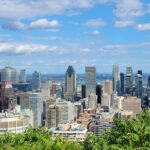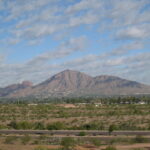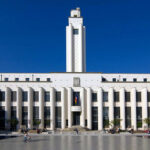Quick Bits:
Olympic National Park, located in northwestern Washington, spans over 1,400 square miles and showcases some of the most diverse ecosystems in the United States. Visitors encounter a rich blend of rugged Pacific coastline, glacier-capped peaks, temperate rainforests, and ancient old-growth forests. Recognized as a UNESCO International Biosphere Reserve, the park stands as a testament to nature’s resilience and variety.

Image by: Olympic National Park- Via Wikipedia
Key Highlights
- Over 600 miles of trails
-
70+ miles of rugged Pacific coastline
-
Home to Roosevelt elk, black bears, and mountain goats
-
Iconic landmarks like Hurricane Ridge and Hoh Rain Forest
-
Accessible year-round, with each season offering unique views.
General Information
Olympic National Park stands as one of America’s most biologically diverse destinations. Nestled in the northwest corner of Washington, it offers an untamed escape with landscapes that shift from moss-laden forests to snow-capped peaks. The park spans across three distinct ecosystems, allowing visitors to witness nature’s versatility in a single journey. Designated as a national park in 1938 and a World Heritage Site in 1981, its protection preserves ecosystems unchanged by human development.
Home to over 1,200 plant species and countless wildlife species, Olympic National Park draws photographers, hikers, and nature lovers from across the globe. Roads provide access to many areas, but large portions remain undeveloped, offering backcountry exploration for the adventurous.
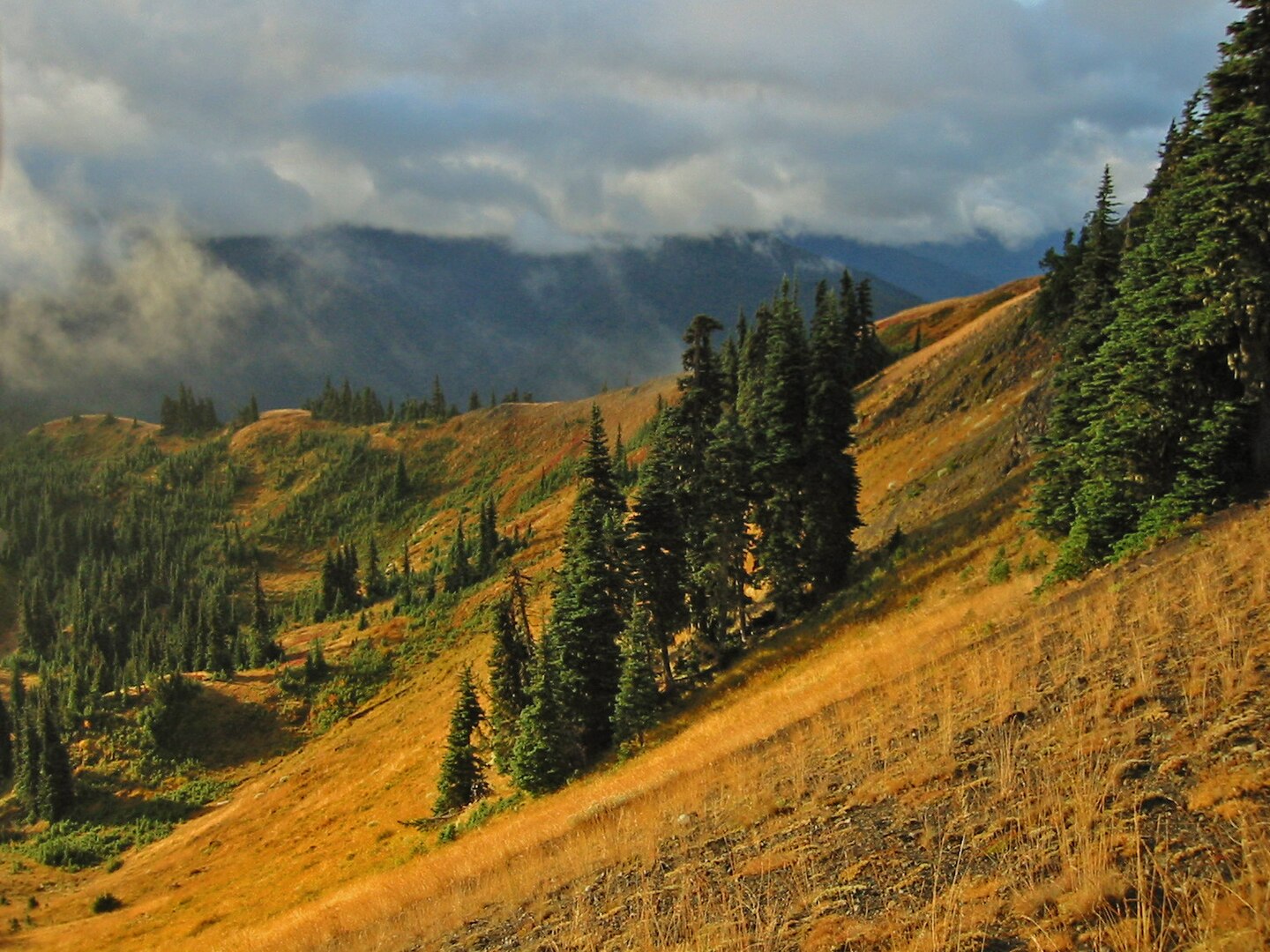
Image by: Wsiegmund – Via Wikipedia
Geography Information
This park is a geographical marvel. It covers much of the Olympic Peninsula and includes:
-
The Pacific Coastline: 73 miles of wild beaches lined with sea stacks and driftwood
-
The Alpine Region: Dominated by the Olympic Mountains, including Mount Olympus at 7,980 feet
-
The Temperate Rainforest: Among the most lush and green in North America
-
River Valleys: Carved by glaciers, these valleys support ancient forests and clear streams
Glaciers shaped much of this landscape over time. The result is a topographical mosaic rich in biodiversity. Tectonic movements, volcanic activity, and oceanic weather patterns continue to influence this area.

Image by: Ron Clausen- Via Wikipedia
Places to Visit
1. Hurricane Ridge
Drive or hike to sweeping views of jagged peaks. During winter, this area transforms into a snowy playground for snowshoeing and cross-country skiing. On clear days, the ridge offers panoramic views that reach Canada.
2. Hoh Rain Forest
Step into a world of emerald green, where moss drapes from Sitka spruce and ferns carpet the forest floor. The Hall of Mosses Trail is a short loop that encapsulates the beauty of this ecosystem.
3. Rialto Beach
Famed for sea stacks and tide pools, this beach captures the wild essence of the Pacific. Walk the shore at sunset or explore the Hole-in-the-Wall rock formation during low tide.
4. Lake Crescent
A glacier-carved lake with deep blue waters, perfect for kayaking, paddle boarding, and picnicking. Nearby trails include Marymere Falls and Mount Storm King.
5. Sol Duc Valley
Known for its hot springs and waterfalls, the Sol Duc Trail leads hikers to scenic views and forested solitude. The Sol Duc Falls Trail is among the most photographed in the park.
6. Kalaloch and Ruby Beach
Perfect spots for beachcombing and watching storms roll in over the Pacific. Giant logs, tide pools, and rich sunsets make this area unforgettable.
7. Elwha River Valley
Once dammed, the Elwha River now flows freely after a historic restoration project. Trails and viewpoints showcase nature’s resilience.
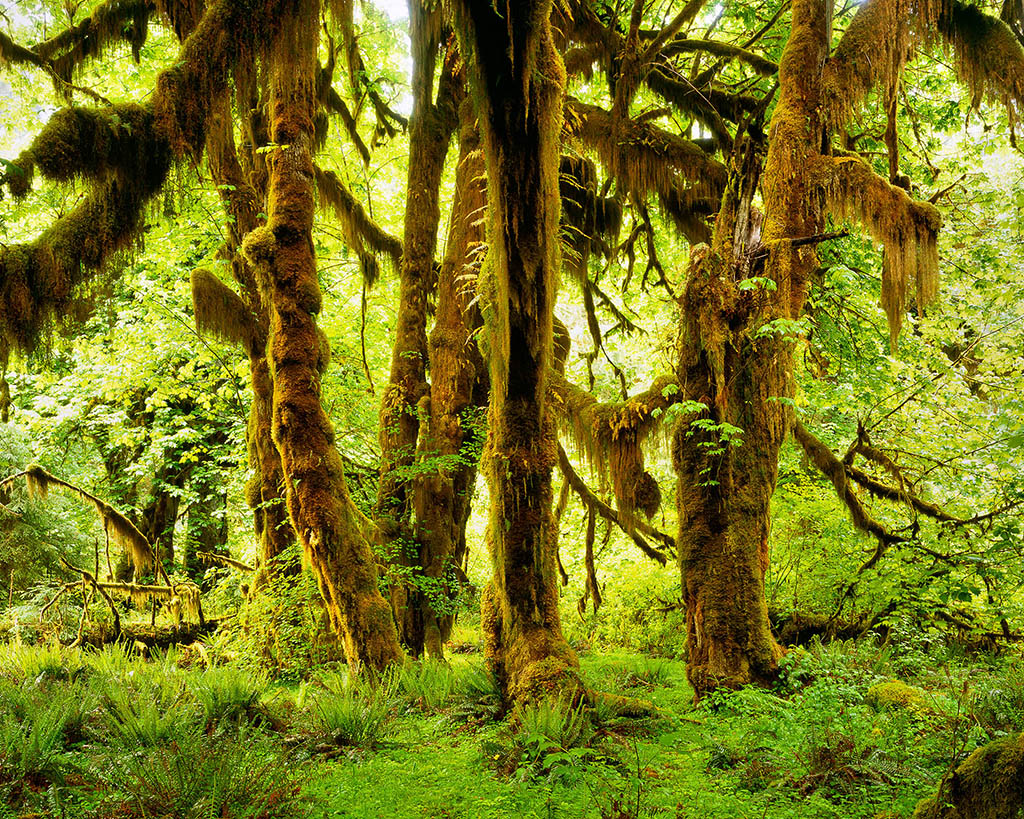
Image by: Doug Dolde – Via Wikipedia
Yearly Climate
Olympic National Park sees distinct seasonal shifts:
-
Winter (December–February): High snowfall in the mountains; coastal regions see rain and wind. Great for snow sports at Hurricane Ridge.
-
Spring (March–May): Melting snow feeds waterfalls. Rainforest areas burst with greenery and wildflowers begin to bloom.
-
Summer (June–August): Dry, sunny weather dominates. Trails are open and rivers run clear. Perfect for hiking, camping, and beach visits.
-
Fall (September–November): Cool weather and autumn hues sweep across the lowland forests. Fewer crowds and quieter trails.
Each season highlights a different face of the park. Rain gear is essential, especially in forested zones. Coastal areas remain foggy and dramatic throughout the year.
Best Time of Year to Visit
July through September sees the best conditions for hiking, sightseeing, and camping. Trails across Hurricane Ridge and into backcountry zones open fully. Temperatures are mild and skies tend to stay clear.
For photographers, spring offers lush greenery and roaring waterfalls. Wildlife is more active, especially elk and black bears.
Autumn paints the park in warm hues. With school sessions in swing, the crowds thin, making it a peaceful time to explore.
Snow lovers prefer winter at higher elevations. Hurricane Ridge offers skiing with ocean views — a rare experience.
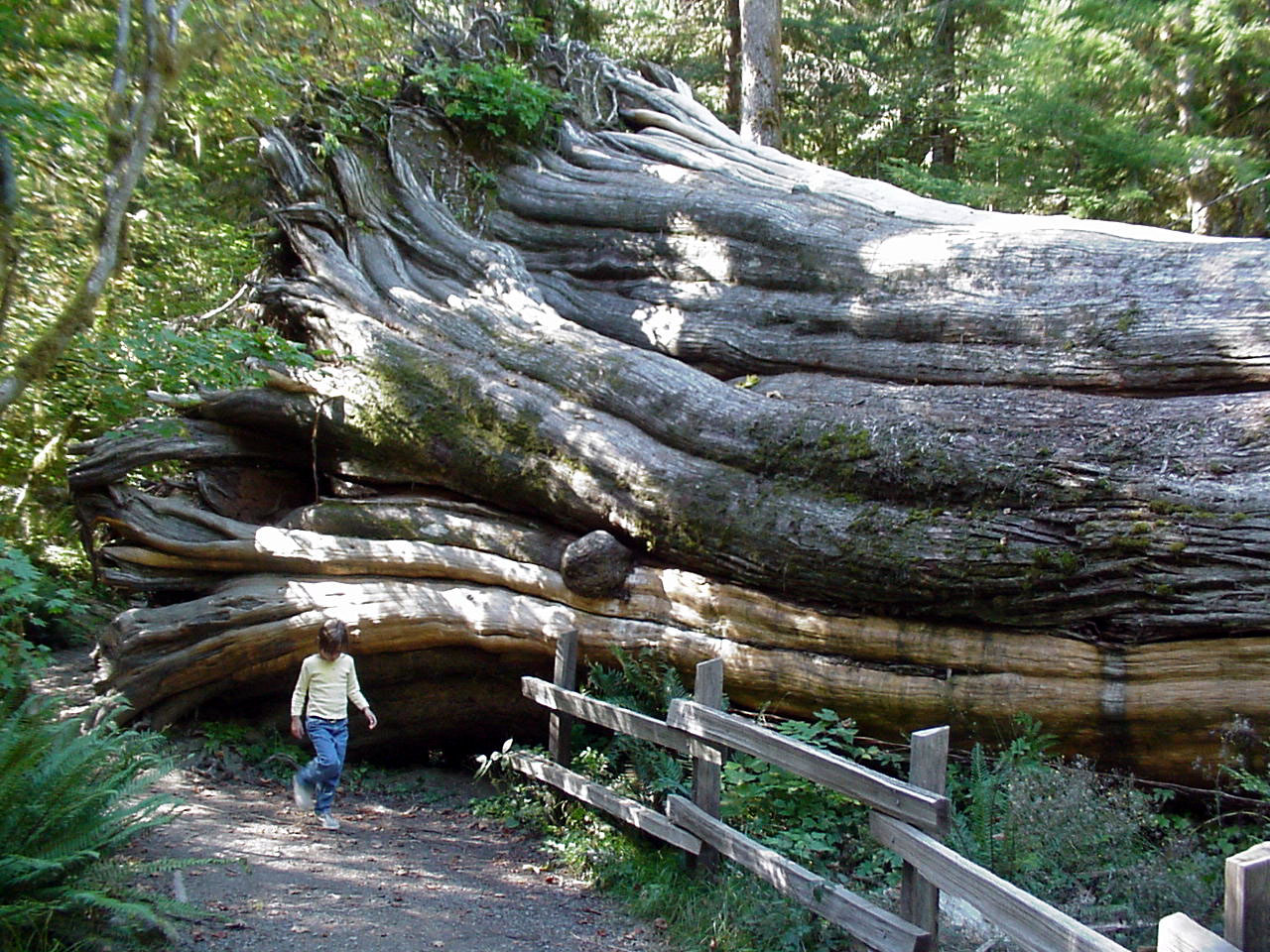
Image by: Paul Schultz – Via Wikipedia
In Summary…
Olympic National Park offers something rare: a collision of sea, forest, and mountain in one protected space. Its untamed beauty, accessible trails, and rich ecology make it a standout among American parks. Whether one walks the mossy halls of the Hoh Rain Forest, watches the waves crash at Rialto Beach, or ascends snowy peaks, this land leaves an imprint.
By honoring the natural rhythms and respecting its wilderness, each visitor becomes part of its ongoing story.

